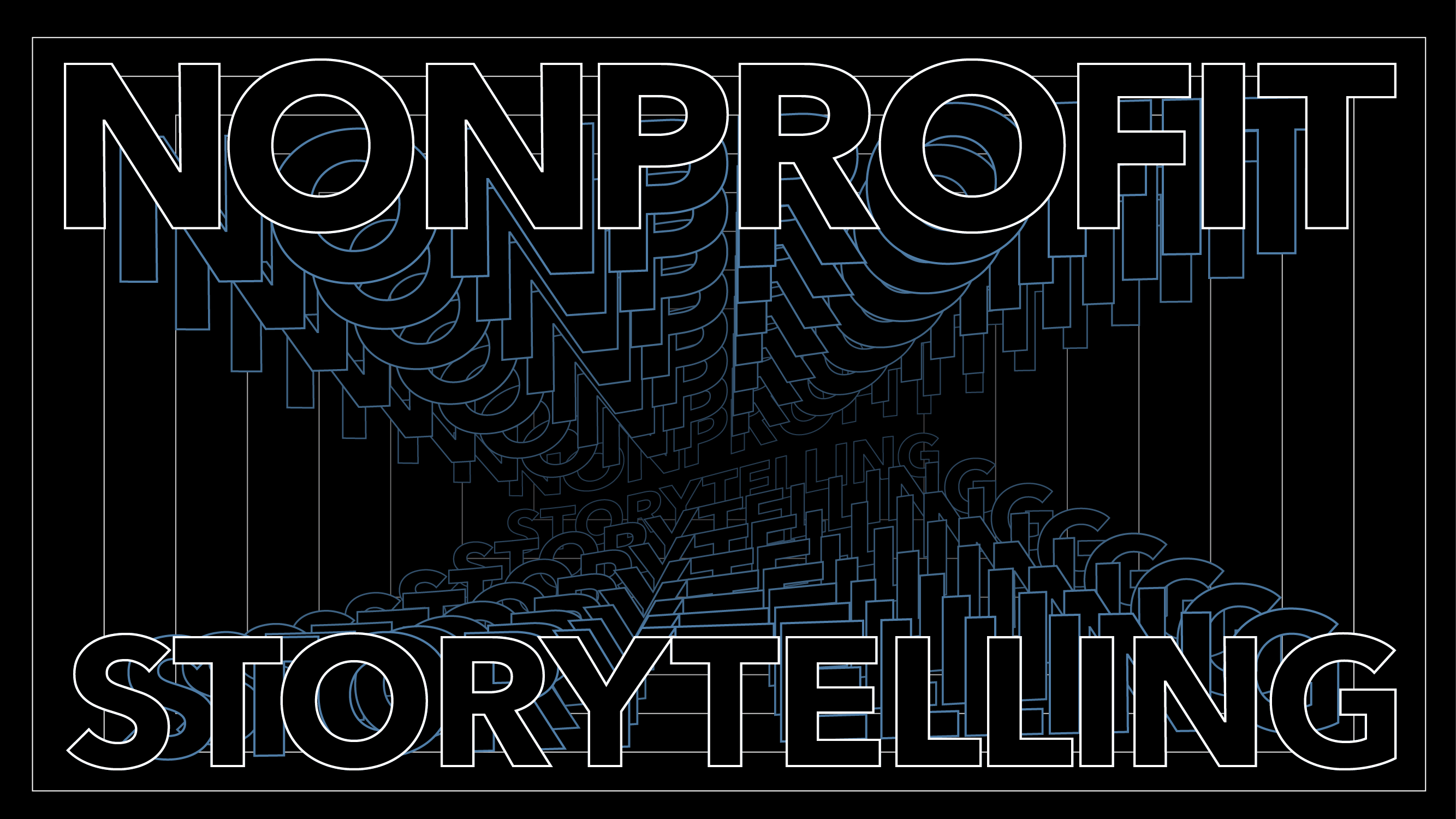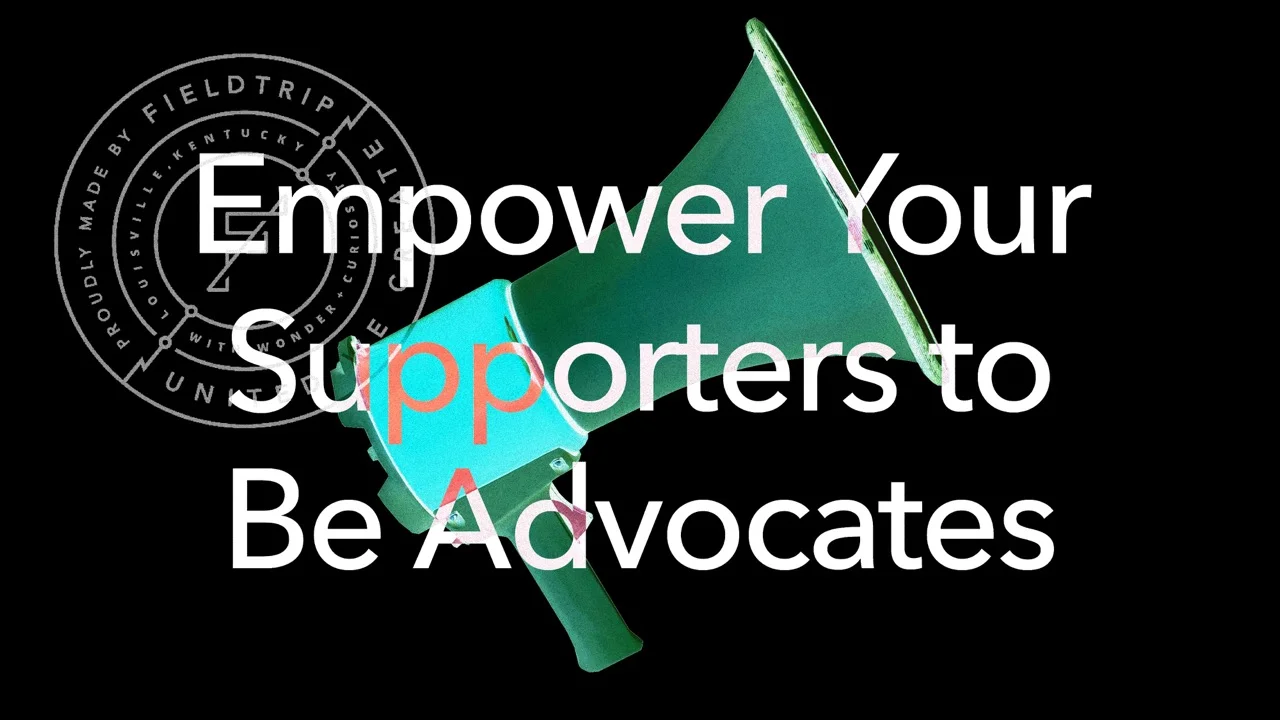
Most nonprofits are going through tough times. There’s a gap between those in need and those who can support the mission with dollars, time, skills, and connections. The gap exists due to judgment and misperceptions creating a lot of friction for nonprofit leaders. Close that gap, and you have a mission multiplier.
I was recently a guest on the “Wow Digital” podcast, and we talked a lot about the friction leaders face and how it relates to marketing and nonprofit storytelling. Believe it or not, those two are incredibly linked. For today we’ll dive into the donor journey further and share what you can do to nurture this group without enabling this group.
The One Audience You Should Focus On
Part of nonprofit storytelling includes who you talk to and how. Now, if you’ve been focused on donors, you’ll probably want to do exactly that — focus on donors. The most important person in the story isn’t where you’ve been focusing — donors aren’t the hero of your story. It’s your beneficiaries, the people you help every day. The more you focus on them, the more other audiences, including donors, will believe in you.
Say you’re thinking about your donor journey. Your intuition may say the homepage of your website should be donor-focused — speaking to them about how they can help and how their contribution matters. On the other hand, you could make your homepage all about the people you’re helping, even when they may not turn to your website to seek your assistance.
Let’s say you work in a nonprofit helping the homeless community. Your homepage could be designed for a low wifi connection, welcome them as they are, offer resources, and so on. Now ask yourself: Which homepage do you think would be more impactful to the beneficiaries? Which would demonstrate to a corporate sponsor that you are passionately focused on supporting the unhoused? When you focus messaging on who you’re helping, other audiences see your authenticity and readily believe in what you’re doing.
The Donor Journey
If you think about the donor journey, it has to be intentional. Donors are changing, and nonprofits struggle to adapt to a new generation of donors. We need to look beyond the tactic that’s working today for the type of transformation you offer.
Let’s go back to the beneficiaries. How is your organization transforming lives and transforming their world? How can you connect that transformation to the fact that you’re making the world the potential donor lives in better?
Your nonprofit storytelling has to connect back to the donor’s world because they no longer want to donate out of guilt or obligation or because it makes them good community members. Donors want to be the change that makes the world better. As a nonprofit leader, ask yourself how you can show them and make them feel better because of it. You can’t rely on a single revolutionary tactic or a single time of the year to focus on this. It must be part of a strategic ongoing plan for donors.
Nonprofit Storytelling Communication Tactics
I’ve made a one-time gift to an organization because of a memorial or honorarium. It’s 15 to 20 years later and I’m still getting mail requesting a donation. They’ve spent more in postage over the years than my original donation. Why is it that in the charitable world, the vernacular asks for a gift instead of selling a vision? You’re starting from a defensive position trying to rationalize and convince somebody to do something they aren’t connected to nor able to see the vision of the organization. Flip that conversation. Whether through digital media, email, or a conversation with a corporate sponsor — sell a vision. That vision had better be bold, and you better be prepared to talk about how you’re on the journey to achieving it. Don’t ask; proclaim it.
Learning From What Didn’t Work
Wouldn’t it be great if you could find out why someone chose not to donate to your organization? I doubt many people ask that question, but there’s so much you can learn from it and how to tailor your nonprofit storytelling more effectively.
We tend to sit around the board table and speak to the people who know us the best about what stands in our way. The people who have that answer aren’t in the room. Whether it’s a one-time donor or someone who has never donated to your organization, see what can be learned from why they didn’t take that next step.
Closing Thoughts
If I could offer leaders one piece of advice about nonprofit storytelling, it’s about selling the benefit of what you do. Not the features of the work but the ripple effect of the impact. It’s a mental shift, but it will make all the difference.
Learn more about nonprofit marketing through our Mission Multiplier video series – https://wearefieldtrip.com/journal/ . If there’s further questions, feel free to schedule a meeting with me – https://calendly.com/janewp



